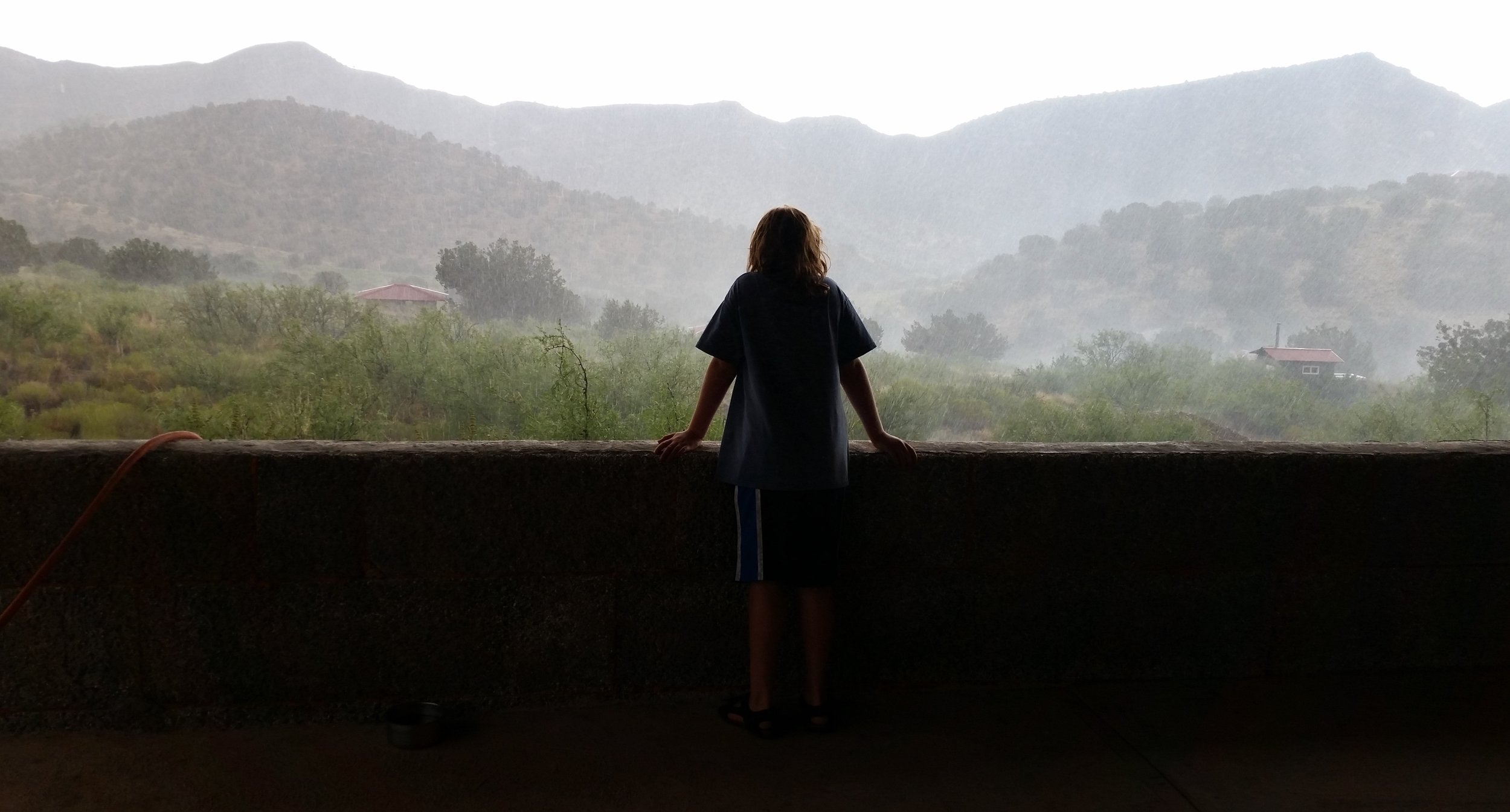Why Meditate?
Mental habits drive our actions, and our actions lead to outcomes. If we find that the ways we’ve tried to create benefit for ourselves and others haven’t produced the outcomes we wanted, we must change our mental habits. Meditation is a means to produce that change.
Meditation can be defined as the process of repeating something over and over in the mind. What we repeat affects our experience.
Iron Knot Institute’s learning and practice materials utilize contemplative meditation to examine and transform what it is we repeat in our minds—consciously or unconsciously. These contemplations help us cut the root of negative thoughts and habits and replace them with beneficial ones by challenging our belief that happiness requires us to place our own needs above those of others.
Disentangling ourselves from deeply ingrained habits takes time and is accomplished in proportion to how often and sincerely we practice. We can sit in formal meditation alone or in a group, practice informally throughout the day, or both.
Meditation practices like the ones below can help us become more compassionate and responsive as we face the many challenges life presents. We’ve all dealt with difficult circumstances in the past, and we’ll all experience more in the future. Loss and pain are universal. These contemplations strengthen and encourage us to move beyond self-importance to skillfully face obstacles as they arise and enrich the world through consideration of and concern for others.
“The root of all difficulty and conflict lies in the mind; therefore, the solution to all difficulty and conflict lies in changing the mind. To do this, we practice meditation.”











